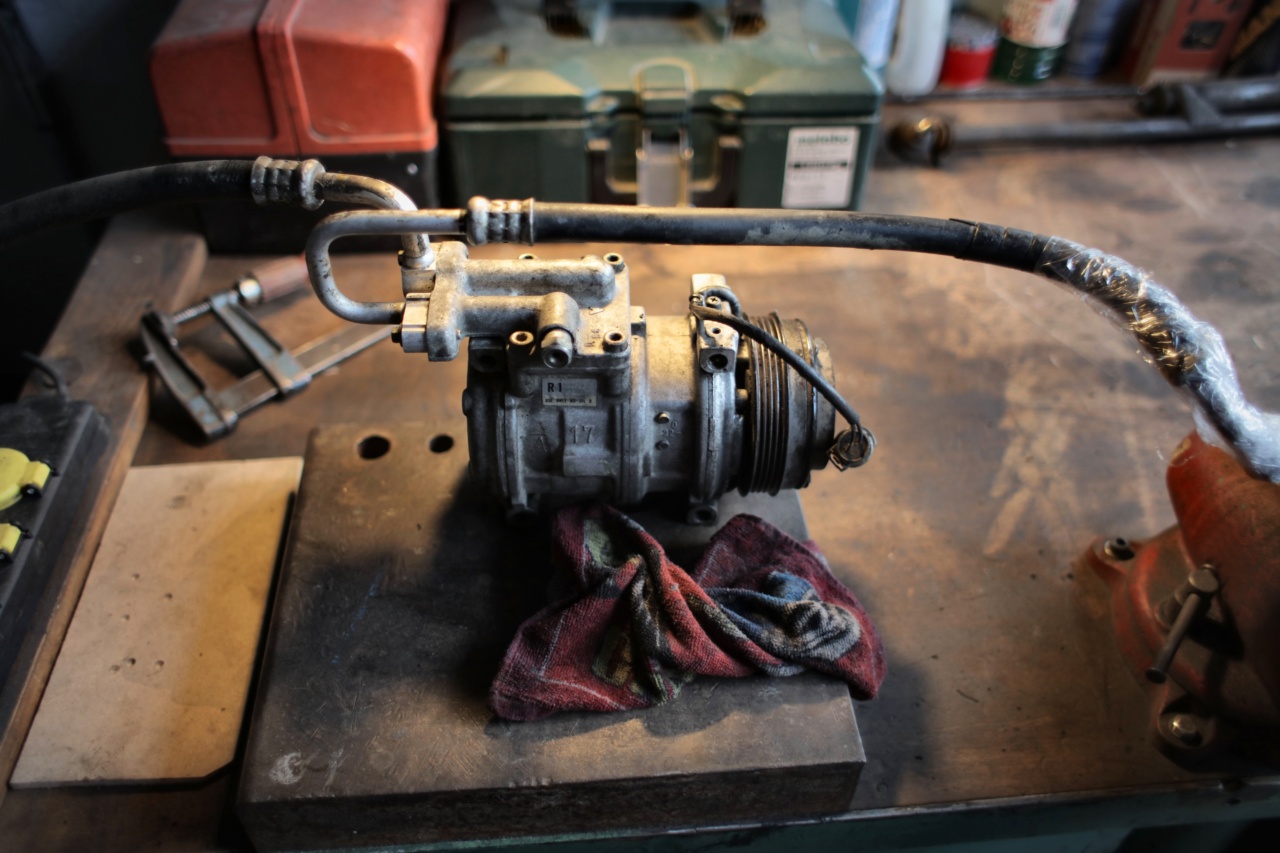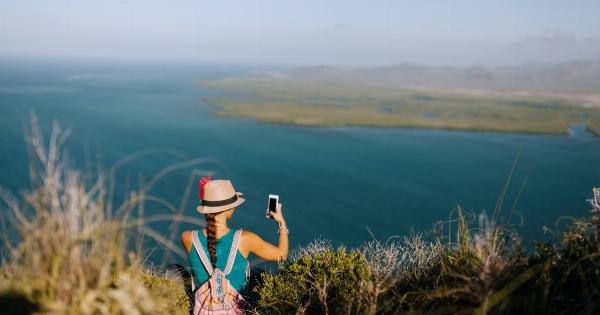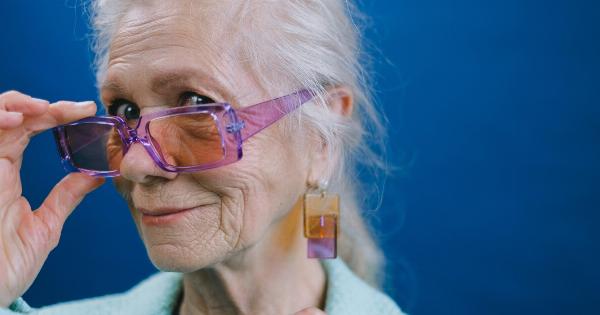As the largest organ of the body, the skin serves many important functions, including regulating body temperature, protecting against harmful environmental factors, and providing a barrier from the outside world.
However, the skin is also constantly exposed to damaging ultraviolet radiation from the sun, which can lead to premature aging and even skin cancer.
What is UVA1 Radiation?
UVA1 radiation is a type of ultraviolet radiation that penetrates deep into the skin, causing damage to collagen and elastin fibers and leading to wrinkles, sagging skin, and age spots.
Unlike UVB radiation, which is most intense during the middle of the day and can cause sunburn, UVA1 radiation is present all day long, even when it’s cloudy or rainy outside.
What Causes Skin Aging Beyond Repair from UVA1 Radiation?
As we age, our skin’s natural defenses against environmental damage become less effective, leaving us more susceptible to the harmful effects of UVA1 radiation.
In addition, exposure to other environmental factors, such as pollution and cigarette smoke, can further accelerate the aging process. Over time, the damage caused by UVA1 radiation becomes irreversible, leading to a breakdown of collagen and elastin fibers and a loss of skin elasticity and firmness.
How Can You Protect Your Skin from UVA1 Radiation?
Fortunately, there are several ways to protect your skin from UVA1 radiation and other environmental stressors. The most important step is to wear sunscreen with a high SPF every day, even when it’s cloudy outside.
Look for products that contain ingredients like zinc oxide or titanium dioxide, which provide broad-spectrum protection against UVA1 radiation and other types of UV radiation.
In addition to wearing sunscreen, it’s important to avoid prolonged exposure to direct sunlight, especially during the hottest parts of the day.
Consider wearing protective clothing, such as long-sleeved shirts, hats, and sunglasses, to shield your skin from the sun’s harmful rays. And, if you smoke, quitting smoking can help improve the health and appearance of your skin over time.
What Can You Do to Reverse Skin Aging Caused by UVA1 Radiation?
Unfortunately, once the damage caused by UVA1 radiation has occurred, it cannot be fully reversed. However, there are several treatments that can help minimize the appearance of sun damage and improve the overall health and appearance of the skin.
These may include:.
- Laser treatments
- Chemical peels
- Microdermabrasion
- Retinoid creams
- Topical antioxidants
It’s important to talk to a dermatologist or other skincare professional to determine which treatment may be best for your individual needs.
The Bottom Line
While the effects of UVA1 radiation on the skin may be irreversible, there are steps you can take to protect your skin from further damage and minimize the appearance of sun damage.
By wearing sunscreen, avoiding direct sunlight, and seeking professional treatment when necessary, you can keep your skin healthy and youthful-looking for years to come.





























